8.8 Quake Strikes Russia, Triggers Tsunami Alerts in Japan: Ring of Fire Unleashes Fury
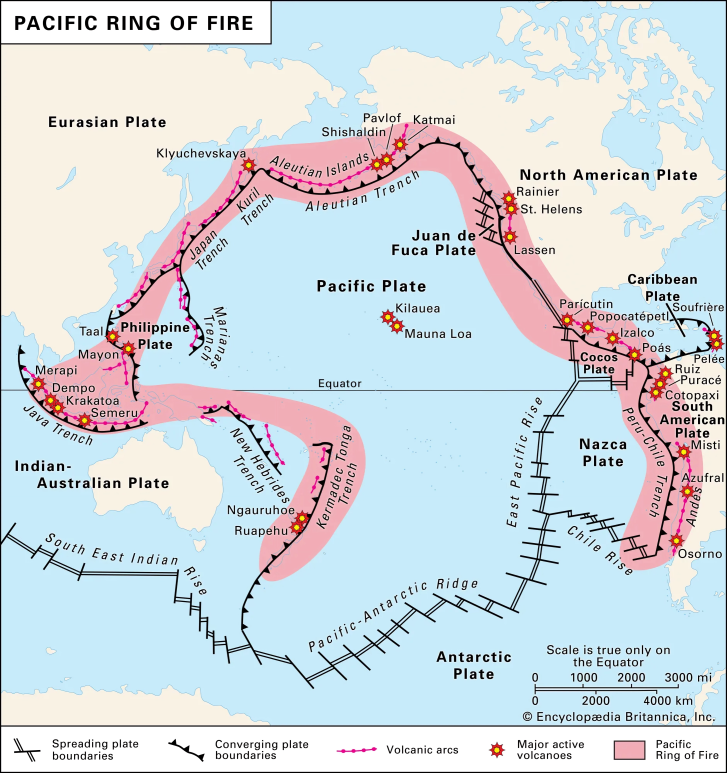
A powerful 8.8-magnitude earthquake struck off Russia’s Far Eastern Kamchatka Peninsula on Wednesday, unleashing tsunami waves up to four metres high and triggering mass evacuations across the region. It is believed to be the strongest quake in the area since 1952.
Japan swiftly responded by issuing tsunami warnings across a wide stretch of its Pacific coastline, from Hokkaido in the north to Wakayama Prefecture in the south. Authorities also evacuated the Fukushima nuclear plant, which was severely damaged during the 2011 tsunami disaster.
Although the epicentre was near Russia’s Kamchatka Peninsula, tsunami waves reached Japan, underscoring the seismic volatility of the Pacific Ring of Fire—a geologically active zone notorious for frequent earthquakes, volcanic eruptions, and tsunamis.
What Is the Pacific Ring of Fire?
The Pacific Ring of Fire is a vast tectonic belt encircling the Pacific Ocean, touching the coastlines of East Asia, the Americas, and several Pacific Island nations. It encompasses countries such as Japan, Indonesia, the Philippines, New Zealand, and extends to the Aleutian Islands near Alaska.
According to the United States Geological Survey (USGS), the region is marked by an almost continuous chain of deep ocean trenches, volcanic arcs, and tectonic plate boundaries.
Stretching over 40,000 kilometres, the Ring of Fire is home to roughly 75% of the world’s active volcanoes and accounts for about 90% of all recorded earthquakes globally. It features over 450 volcanoes—both active and dormant—and offers critical insight into the dynamics of Earth’s shifting plates.
What Drives the Ring of Fire?
The primary force behind the Ring of Fire’s activity is plate tectonics—the movement of the Earth’s crust. The Pacific Plate, surrounded largely by subduction zones, is constantly being pushed beneath other plates.
Subduction is the process where one tectonic plate is forced under another into the Earth's mantle, generating immense heat and pressure. This can lead to the rise of magma, resulting in volcanic eruptions.
In South America, the Nazca Plate subducts beneath the South American Plate, forming the Andes Mountains and numerous volcanoes.
In Japan, the Pacific Plate dives beneath the Eurasian Plate, creating frequent earthquakes and feeding iconic volcanoes like Mount Fuji.
Subduction zones are also hotspots for earthquakes. Stress builds as plates collide and grind together, eventually releasing energy in the form of seismic waves.
Historic megaquakes like the 2011 Tohoku earthquake (magnitude 9.0) in Japan and the 1960 Valdivia quake (magnitude 9.5) in Chile—one of the strongest ever recorded—originated in the Ring of Fire.
Ring of Fire and Tsunamis: What’s the Link?
Tsunamis are commonly associated with the Ring of Fire due to its frequent undersea earthquakes and volcanic activity. According to the USGS, tsunamis occur when an underwater disturbance, such as an earthquake or eruption, rapidly displaces a massive volume of water.
These waves can travel at jet-like speeds—up to 800 km/h—and retain destructive force over long distances. The 2011 Tohoku tsunami in Japan, caused by a subduction zone quake, generated waves as high as 40 metres and claimed over 15,000 lives.
The 2004 Indian Ocean tsunami, although outside the Ring of Fire, stemmed from similar tectonic forces in the Sunda Trench. Volcanoes can also trigger tsunamis. The 1883 eruption of Krakatoa in Indonesia unleashed waves that killed over 36,000 people.
Earthquakes vs Tsunamis: Key Differences
Though related, earthquakes and tsunamis are fundamentally different phenomena:
Feature Earthquake Tsunami
Type of Event: Seismic (ground shaking) Oceanic (massive waves)
Cause: Sudden release of stress along faults Vertical displacement of seafloor
Impact: Area Localised near epicentre Can affect distant coastlines
Detection: Seismometers (seconds of notice) Buoys/tide gauges (minutes to hours)
Tsunamis are often secondary hazards of large undersea earthquakes, especially in subduction zones like those found throughout the Ring of Fire.
How the Ring of Fire Fuels Disasters in Russia and Japan
Russia’s Kamchatka Peninsula and the Kuril Islands are two of the most geologically active zones in the Ring of Fire. Kamchatka alone hosts over 160 volcanoes, with 29 currently active. These volcanoes exist due to the Pacific Plate being subducted beneath the Okhotsk Plate.
Klyuchevskaya Sopka, Russia’s tallest active volcano, dominates this volatile landscape. The region is also prone to major earthquakes—some exceeding magnitude 7.0. The Kuril Islands, lying between Japan and Russia, are similarly active. The 2006 Kuril quake (magnitude 8.3) triggered tsunami waves reaching both nations. Although sparsely populated, such events disrupt local economies and complicate disaster response due to geographic isolation.
In Japan, the seismic threat is even greater. Situated at the convergence of three tectonic plates (Pacific, Philippine Sea, and Eurasian), Japan experiences over 1,500 detectable earthquakes annually. The 2011 Tohoku earthquake and tsunami devastated Japan’s northeast, triggered the Fukushima nuclear crisis, and highlighted the country’s ongoing vulnerability. Japan is also home to over 100 active volcanoes, including Mount Fuji.
Despite these risks, Japan has developed sophisticated early warning systems, strict building codes, and resilient infrastructure, helping it manage frequent disasters.
Indonesia and the Philippines lie at the heart of multiple subduction zones. Indonesia alone has over 130 active volcanoes, including Krakatoa and Mount Merapi. North and South America are also deeply affected. The Ring of Fire fuels the Cascade Range (USA), Andes (South America), and infamous quakes like those in Alaska and Chile.
New Zealand and Pacific Islands experience similar tectonic stress. New Zealand’s Taupo Volcanic Zone is a hub for geothermal energy.
Living with Fire: Risks and Rewards
Despite its dangers, the Ring of Fire isn’t all destructive. Volcanic soil is incredibly fertile, supporting agriculture in nations like Indonesia and New Zealand. Volcanic regions also offer abundant geothermal energy, which powers clean electricity in Japan, Iceland, and beyond.
Yet the risks remain immense. Millions live along these active zones, constantly facing the threat of sudden quakes, eruptions, or tsunamis.
The 1991 eruption of Mount Pinatubo in the Philippines was so powerful that it caused global temperatures to dip for years, demonstrating how localized disasters in the Ring of Fire can have planetary consequences.
Sources: USGS, NOAA, Japan Meteorological Agency, National Disaster Management Authority (India), Earthquake Engineering Research Institute, Smithsonian Global Volcanism Program, NEIC, International Geothermal Association, News18




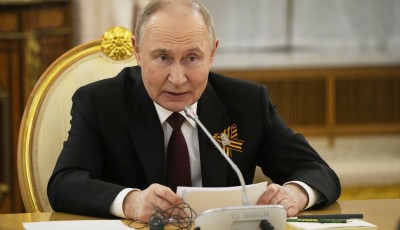




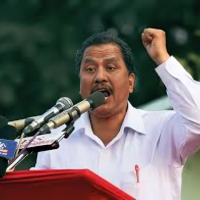



.jpg)
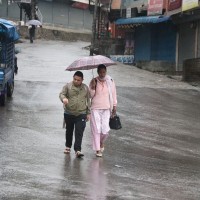

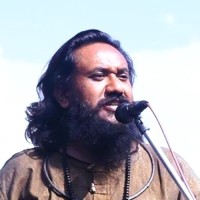

तपाईको प्रतिक्रिया दिनुहोस